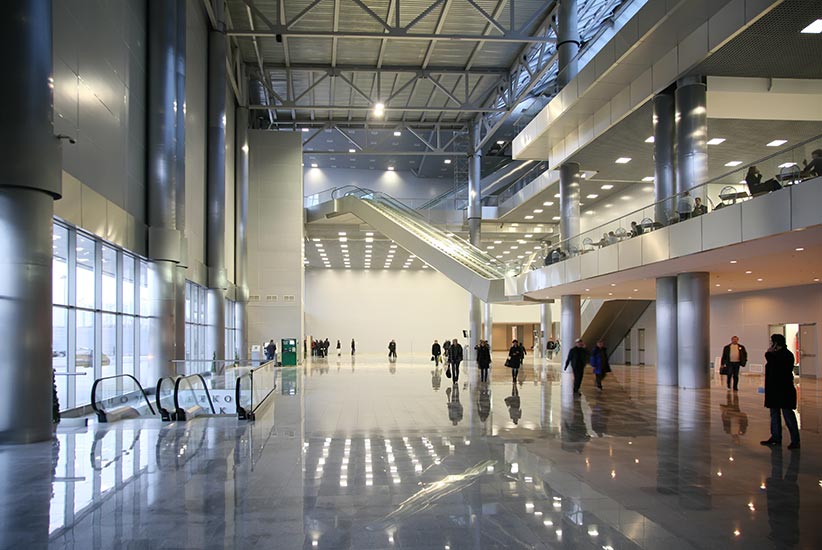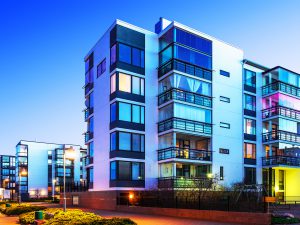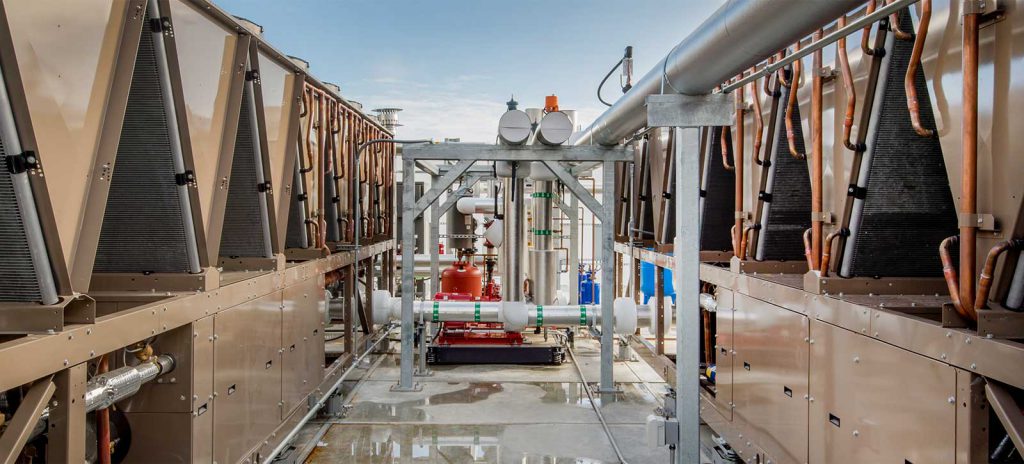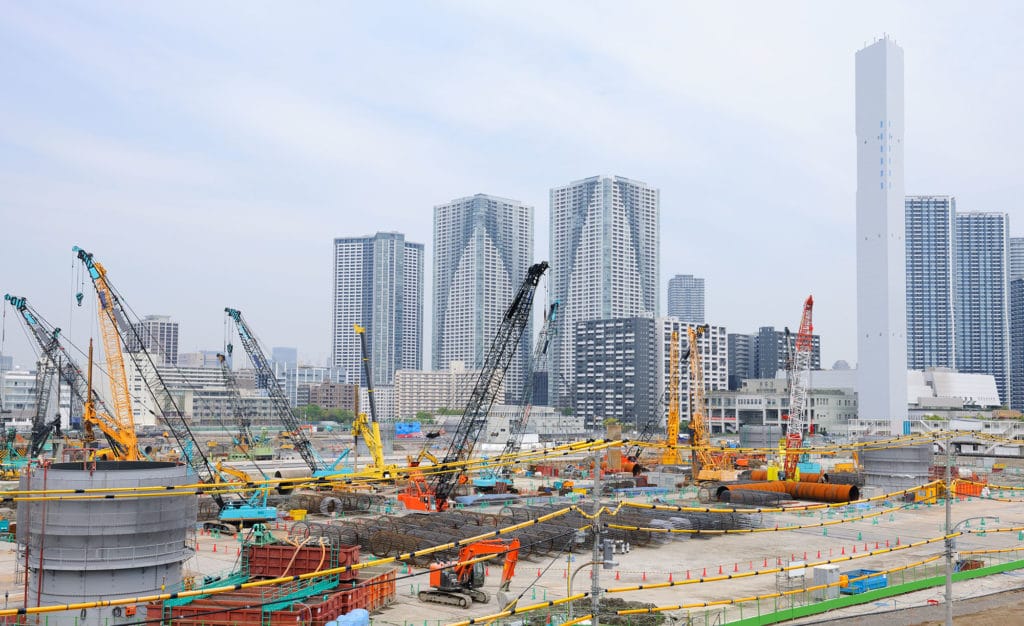A3 Acoustics provides both design and remediation services for noise and vibration issues associated with architectural design, building systems, environmental noise, noise control engineering, and vibration control.
Room Acoustics

Sound isolation

Footfall Insulation

Room Acoustics
Room acoustics deal with sound contained in a space. Careful analysis of reverberation, speech intelligibility, clarity, and loudness are all addressed within the room acoustics design of a space. Room acoustics design is all about perception. For a large auditorium, room acoustics design may focus on clearly hearing a presenter from every seat. In a conference room, it may be clear speech intelligibility on both ends of the conference call. An atrium may require that the space not become excessively loud when it is occupied or hosting an event. Room acoustics design is centered on understanding the function of the room and the user’s expectations of performance. This understanding allows us to select the right performance metrics that can be used to quantify your perception and guide effective engineering design.
The current performance expectations for room acoustics are defined in guidelines, standards, and references – but are not fully codified. This becomes an issue of comfort rather than code, so users must clearly define their acoustical needs to ensure appropriate design and implementation.
Sound isolation
Conversations or other noise from an adjoining room is addressed by sound isolation.
Solutions for sound isolation are governed by building code standards and guidelines. These vary based on the sensitivity of room use. Examples could be a sleeping space adjacent to a community lounge, or a classroom located next to the principal’s office. These situations have specific levels of prescribed and expected speech and sound privacy. These levels are typically defined in the planning phase of the project, and both design and construction must work in partnership to meet these performance expectations.
Footfall Insulation
When you hear a person a level above you walking around the room, you are experiencing footfall structure-borne noise impacts and is addressed by footfall insulation.
Solutions for footfall insulation are governed by building code standards and guidelines. These vary based on the sensitivity of room use. Examples could be a sleeping space adjacent to a community lounge… or a classroom located next to the principal’s office. These situations have specific levels of prescribed and expected speech and sound privacy. These levels are typically defined in the planning phase of the project, and both design and construction must work in partnership to meet these performance expectations.








